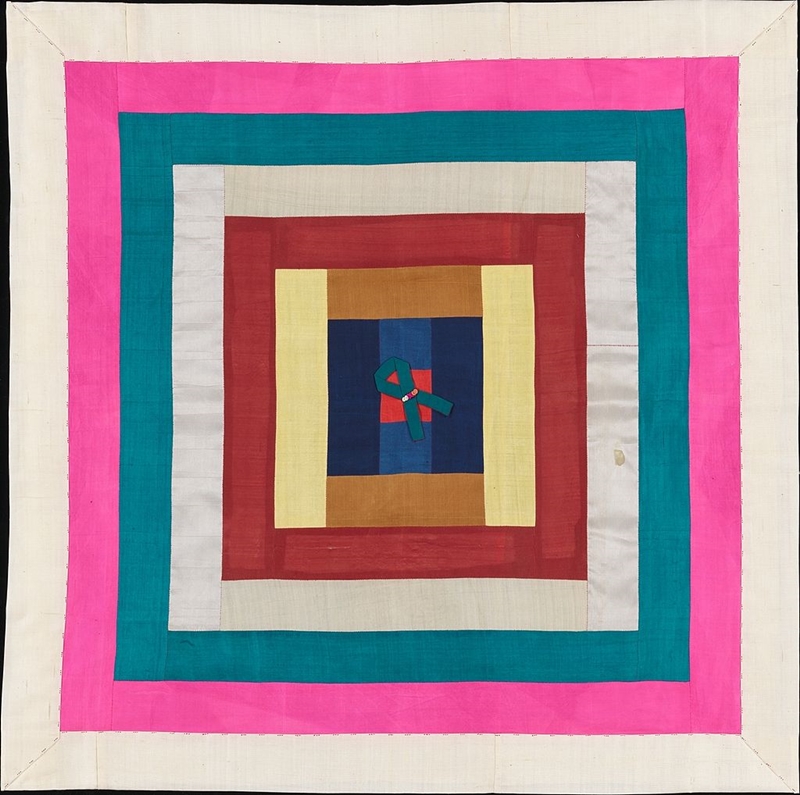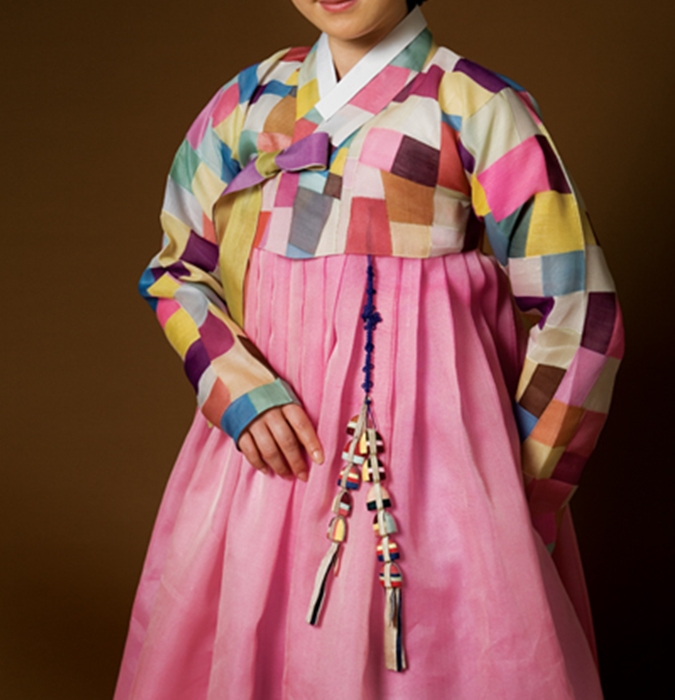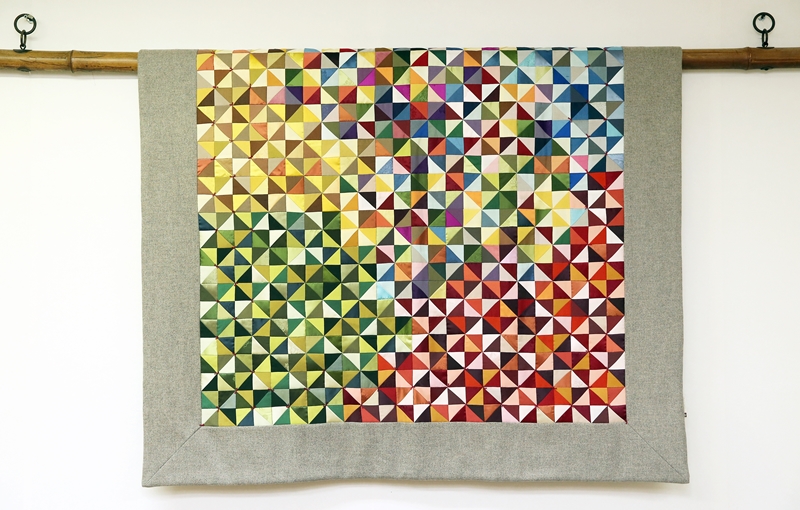- 한국어
- English
- 日本語
- 中文
- العربية
- Español
- Français
- Deutsch
- Pусский
- Tiếng Việt
- Indonesian
By Honorary Reporter Dayviana Diaz From Cuba
Photos: Korea.net DB and Wikimedia Commons
Traditional wrapping cloth
Bojagi is traditional Korean wrapping cloth traditionally used in both daily life and on special events. The technique of wrapping things with beautiful fabric has gained interest in tandem with the growing popularity of Korean culture worldwide.
In the past, bojagi was made of cloth or silk materials left over after making clothes. It can be used as an ornament, clothing or interior decoration thanks to its beauty and eco-friendliness.
The origin of the craft is believed to date back to the ancient Three Kingdoms era, but bojagi gained popularity during the Joseon Dynasty (1392-1910) as an article for daily use regardless of social class. Making the cloth was part of education for girls and young women who had to learn sewing and embroidery during those neo-Confucian times. In that era, women sewed and embroidered cloth to make bojagi at home.

Silk bojagi is displayed at the Metropolitan Museum of Art in New York. (Wikimedia Commons)
Introduction
Bojagi is cloth made of fabric patches of various colors that are generally square and of dissimilar sizes. It can be used as interior decoration and to add a chic touch to Hanbok or jewelry, thus this is why such cloth is widely used in fashion and photography. Usable materials can be silk, cotton, hemp or ramie, or similar to those used to make Hanbok. The sewing is done to make bojagi is reversible, durable and reusable, and the creative ways it can wrap objects can be considered an art.

Bojagi adds a nice touch to a woman's Hanbok. (Korea.net DB)
Though this tradition is believed to have originated in the ancient Three Kingdoms period, the earliest surviving bojagi are from the 14th century. The cloth has elements of modern art reflected in its abstract and minimalist way of presenting beauty, inviting comparisons to the works of 20th-century artists Paul Klee of Switzerland and Piet Mondrian of the Netherlands.
Types
Bojagi is commonly used to wrap, cover and carry objects, food, gifts or household items and even serve as clothing depending on type. Gungbo, boasting exquisite craftsmanship, was worn by the societal elite and on special occasions such as Seollal (Lunar New Year) and court events. The process of making gungbo -- weaving, dyeing, drawing and sewing -- was done by highly skilled artisans.
Minbo was used by the common class as gifts from mothers to daughters at weddings, to wrap and carry store products, and use at special events and rituals. Jogakbo is made of patches generally made by using materials left over after making Hanbok. They are commonly associated with covering and preserving food.
Subo is embroidered bojagi, usually with peonies, bats or natural images symbolizing longevity, good fortune or happiness. And sangbo is used to decorate dining tables.

This blanket shows yet another use of bojagi, specifically jogakbo in this case. (Korea.net DB)
Bojagi is far more than an item used daily by Koreans; it expresses the art, history and contemporaneity of the Korean identity.
enny0611@korea.kr
*This article is written by a Korea.net Honorary Reporter. Our group of Honorary Reporters are from all around the world, and they share with Korea.net their love and passion for all things Korean.